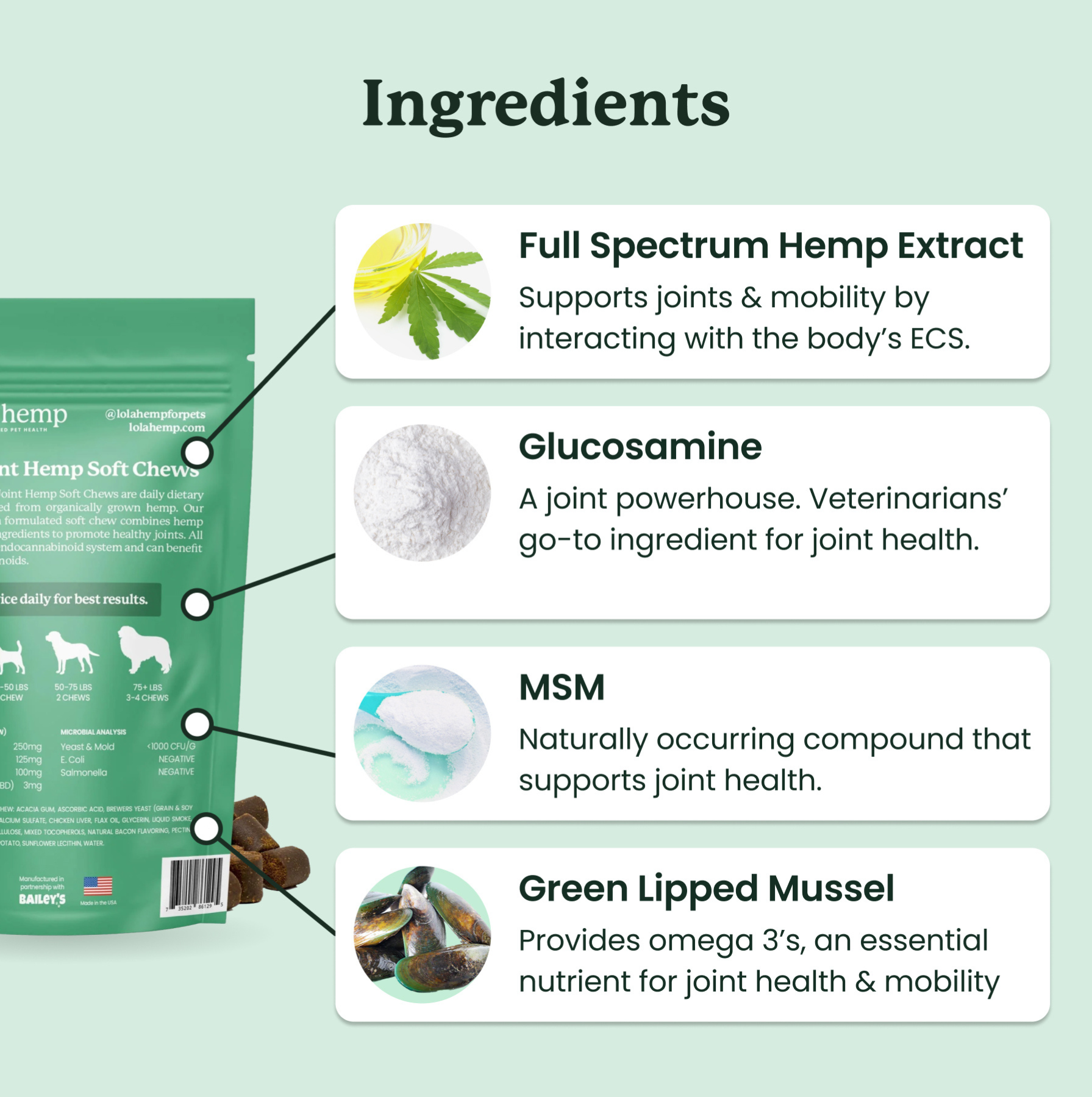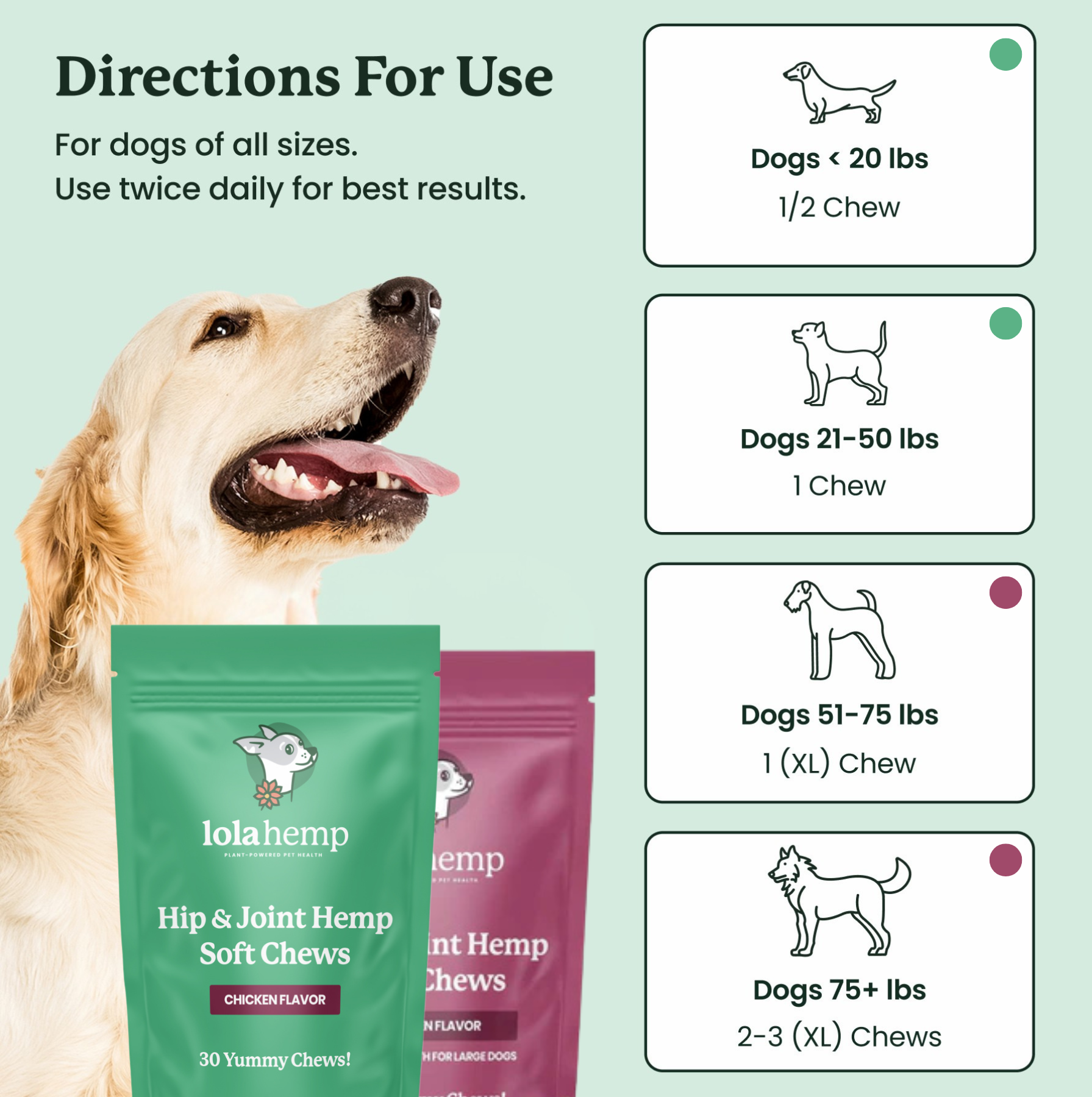Tramadol is a prescription pain-relief medication commonly used to treat dogs suffering from arthritis, post-surgical pain, or cancer-related discomfort. Managing a dog’s pain effectively is essential for their quality of life, so it's important to understand the full scope of your options. Here’s everything you need to know about tramadol for dogs, its uses, and potential alternatives.
What Does Tramadol Work for Dogs?
Tramadol works by interacting with your dog’s brain and spinal cord to help block pain signals. It also boosts serotonin and norepinephrine levels, which can enhance their mood and make them feel more at ease.
While tramadol can be a great tool for managing pain, it’s usually most effective when combined with other treatments or therapies to give your dog the best chance at feeling comfortable and happy.
Although tramadol is not classified as a traditional opioid, it functions in a similar way by targeting opioid receptors in your dog’s brain to reduce pain. This makes it a milder option compared to stronger opioids, but it’s still effective for managing moderate to severe discomfort. Its dual action of relieving pain and enhancing mood makes it a versatile choice for many dogs dealing with chronic or acute pain.
Tramadol Dosages for Dogs
The appropriate tramadol dosage depends on your dog’s weight, age, and health condition.
Veterinarians typically prescribe dosages ranging from 0.45 to 1.8 mg per pound of body weight, given every 8 to 12 hours. Always follow your vet’s specific instructions and never adjust the dosage without their approval.
Tips for giving tramadol to your dog:
- Give tramadol with food to reduce the risk of nausea.
- Use a pill pocket or wrap the medication in a treat to make it easier for your dog to swallow.
Side Effects of Tramadol in Dogs
While tramadol is generally safe when used as directed, it can cause side effects. Common side effects include:
- Sedation or drowsiness
- Upset stomach or vomiting
- Loss of appetite
- Constipation
In rare cases, dogs may experience more severe reactions, such as difficulty breathing, seizures, or behavioral changes. If you notice any of these symptoms, contact your veterinarian immediately.
Is Tramadol Safe for All Dogs?
Tramadol is not suitable for every dog. Dogs with certain medical conditions, such as liver or kidney disease, should avoid tramadol or use it with caution. Additionally, tramadol can interact with other medications, including antidepressants, sedatives, and nonsteroidal anti-inflammatory drugs (NSAIDs). Always inform your veterinarian about any other medications or supplements your dog is taking.
Special considerations should also be given to:
- Puppies under 12 weeks old
- Senior dogs with underlying health issues
- Pregnant or nursing dogs
The bottom line: Always discuss the use of tramadol with your veterinarian.
Alternatives to Tramadol for Dogs
If tramadol isn’t suitable for your dog or you’re exploring other pain management options, consider these alternatives:
1. CBD Oil: CBD oil is a natural, plant-based option that many pet owners turn to for supporting their dog’s overall comfort and well-being. It’s often used to help manage joint stiffness, occasional discomfort, or stress. Choose a high-quality, veterinarian-approved CBD oil made specifically for pets.
2. NSAIDs: Nonsteroidal anti-inflammatory drugs like carprofen or meloxicam reduce inflammation and provide significant pain relief. These must be prescribed by a vet.
3. Physical Therapy: Therapeutic exercises, hydrotherapy, and massage can improve mobility and reduce pain in dogs with arthritis or hip dysplasia.
4. Acupuncture: Acupuncture may help alleviate pain and improve circulation for some dogs.
5. Supplements: Glucosamine, chondroitin, and omega-3 fatty acids can support long-term joint health.
Conclusion
Tramadol can be an effective part of a dog’s pain management plan, but it’s not the only option. Always consult your veterinarian to determine the best course of action for your pet’s unique needs. Whether through medications like tramadol or natural alternatives like CBD oil, managing your dog’s pain is key to ensuring their happiness and well-being.
Tramadol for Dogs FAQ
What is tramadol used for in dogs?
Tramadol is prescribed to help manage pain from arthritis, surgery, injury, or cancer-related discomfort.
How long does tramadol take to work in dogs?
Most dogs begin feeling the effects of tramadol within 1–2 hours, though this can vary depending on the dog and dosage.
Can dogs take tramadol every day?
Yes, but only under veterinary supervision. Daily or long-term use should always be monitored for safety and effectiveness.
What are the risks of tramadol for dogs?
Side effects may include drowsiness, stomach upset, constipation, or, in rare cases, breathing issues or seizures.
Are there natural alternatives to tramadol for dogs?
Yes—CBD oil, physical therapy, acupuncture, NSAIDs, and joint supplements can all be part of a pain-management plan.










